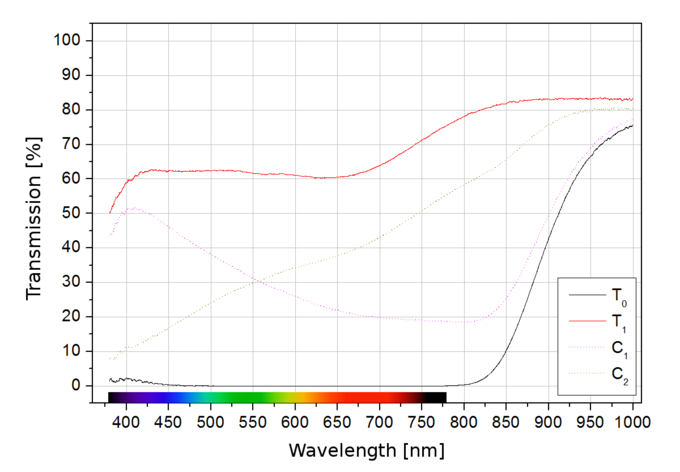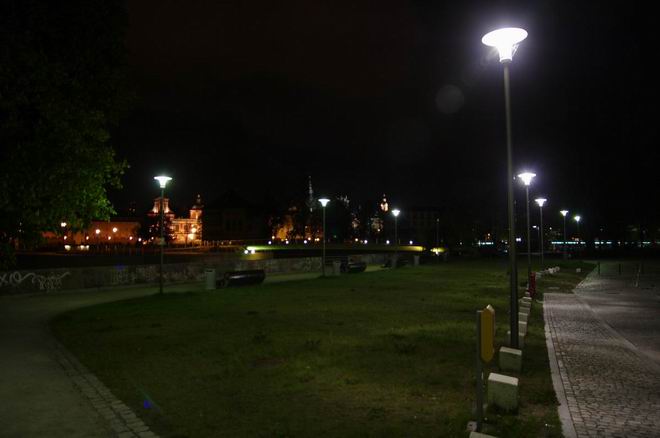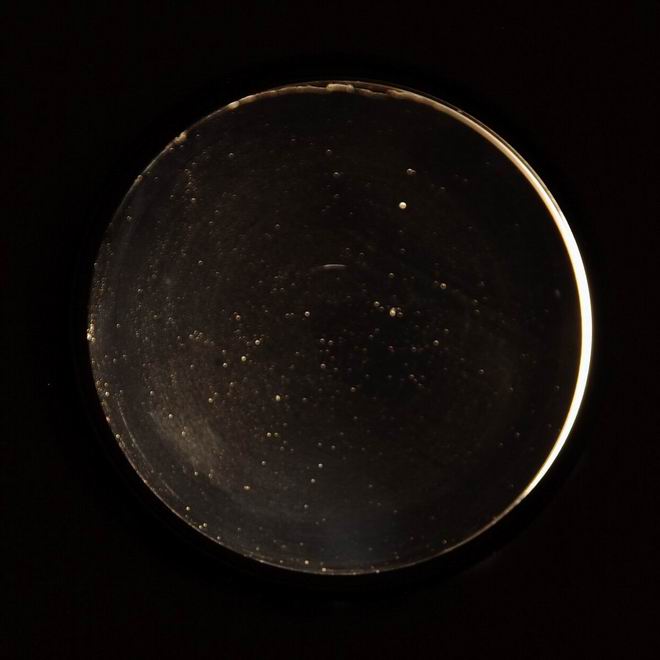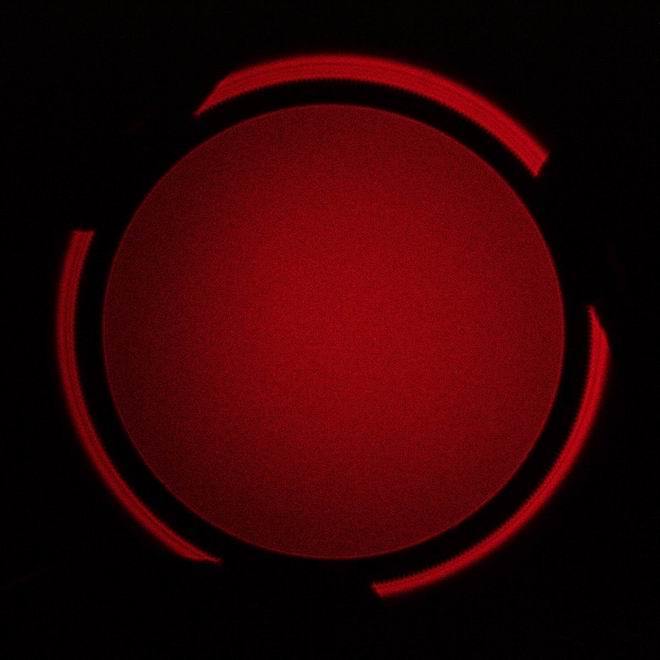Polarizing filters test 2015
15. Hoya CIR-PL Slim
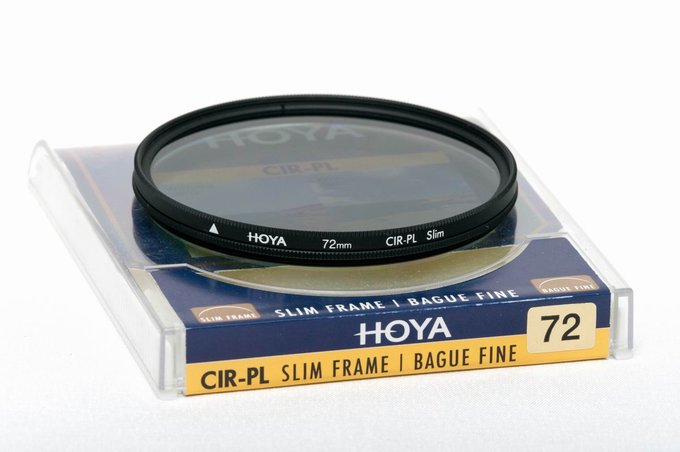 |
The Hoya products have been enjoying a lot of popularity for years, mainly because of their very good price/quality ratio. This time we decided to test some cheaper models offered by this company.
Please Support UsIf you enjoy our reviews and articles, and you want us to continue our work please, support our website by donating through PayPal. The funds are going to be used for paying our editorial team, renting servers, and equipping our testing studio; only that way we will be able to continue providing you interesting content for free. |
- - - - - - - - - - - - - - - - - - - - - - - - - - - - - - - - - - - - - - - - - - - - - - - -
Results of the test
Final score: 25.2 / 37.5 pts (67.1%)
- Overall ranking: 10th place
- Econo-ranking: 8th place
Design, usage and summary
A screwed-on, slim profile is neat and well-fitted. During easy, even movements you can hear some whirr which is never bothersome. No coatings. The marker of the azimuth doesn’t tally with real values, differing by about 10 degrees. The filter makes a solid impression.The transmission characteristics is very flat up to red where you see a noticeable transmission increase. It might lead to a slight warming of colours but for a different reason than in case of other polarizers. The filter performs very well even in near-infrared, almost to 900 nm, reaching its transmission peak at that point. The extinction coefficients are very good apart from the short-wave, where some light comes from an unwanted polarization direction. In the visible spectrum the filter is a bit dark, letting in less than 32% of light.




